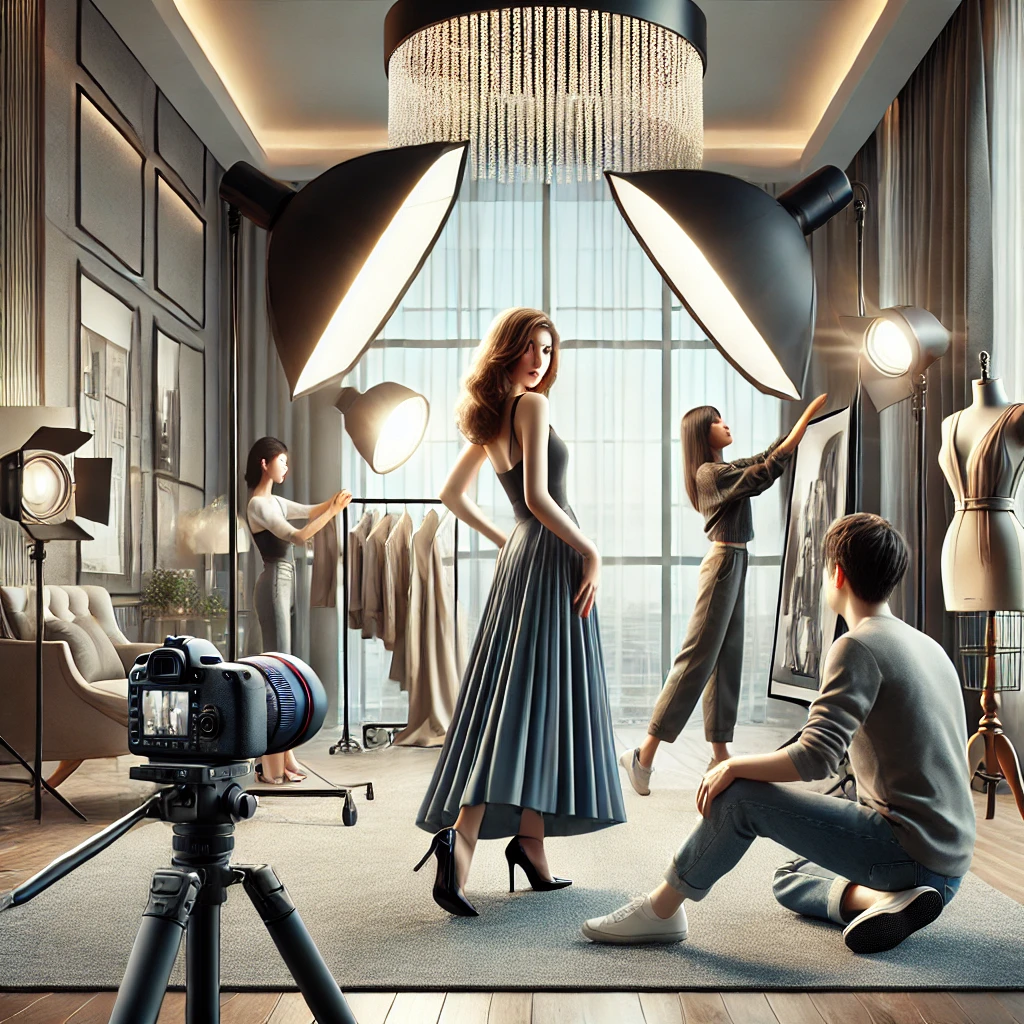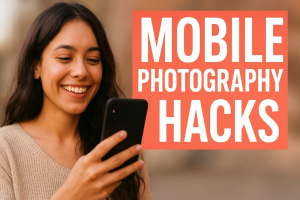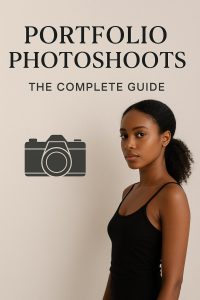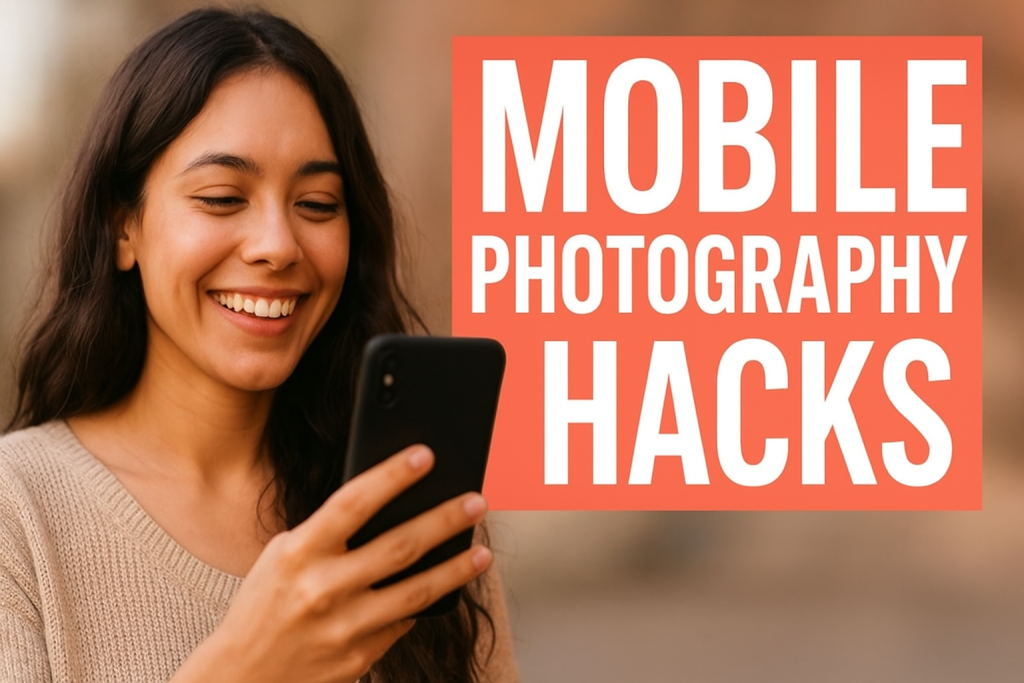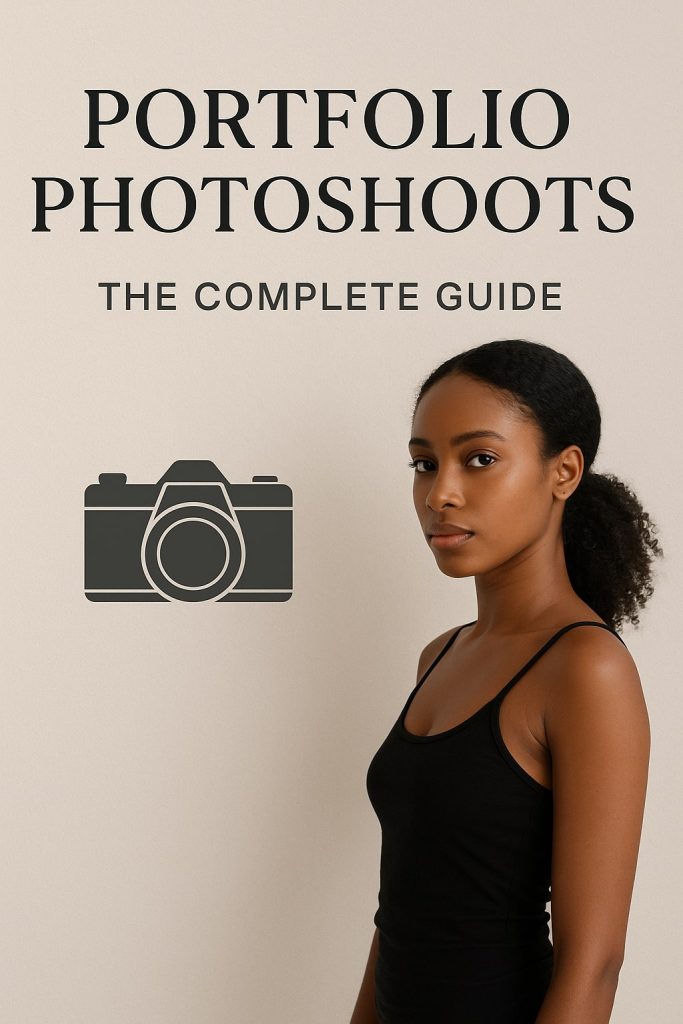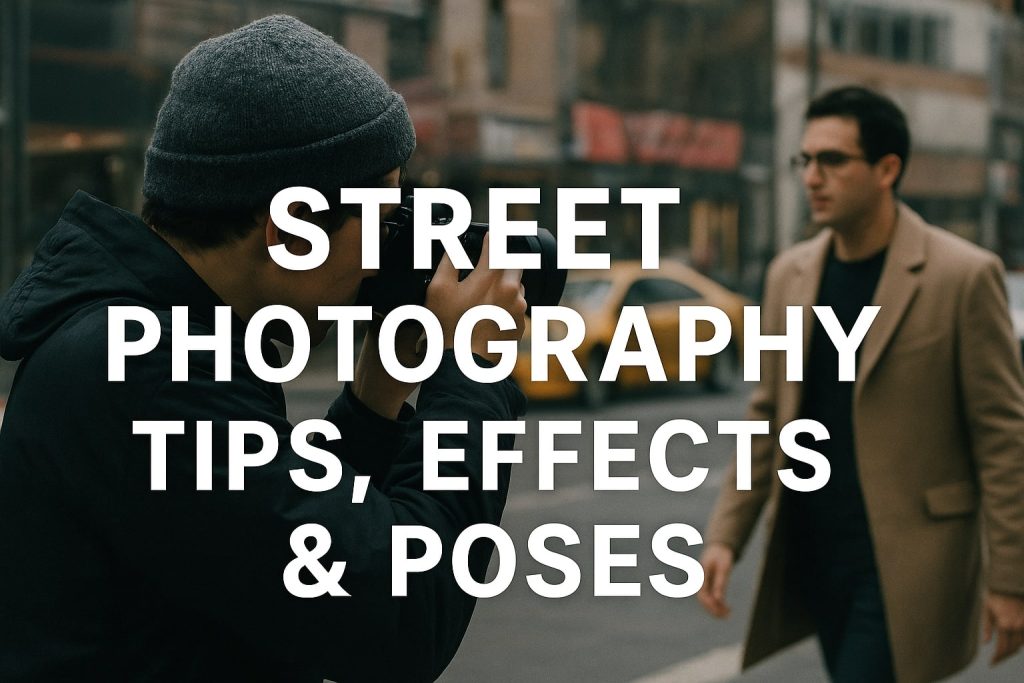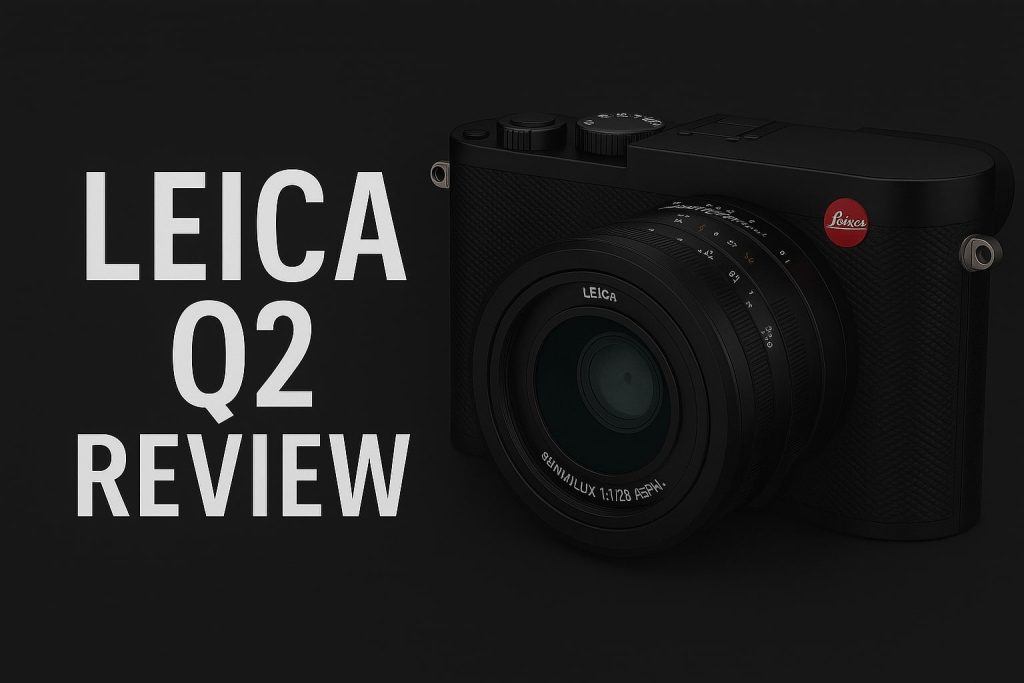Editorial photography is a visual storytelling art form that blends high-fashion aesthetics, conceptual creativity, and compelling narratives. Unlike commercial photography, which primarily promotes products, editorial photography conveys a mood, emotion, or story, often seen in magazines, fashion spreads, and advertising campaigns.
This ultimate guide will walk you through the essentials of high-end editorial photography, from conceptualization to post-production, ensuring you master this captivating genre.
1. Understanding Editorial Photography
What is Editorial Photography?
Editorial photography is a genre that combines fashion, portrait, and documentary photography to create compelling visual narratives. Unlike commercial photography, which focuses on product promotion, editorial photography tells a story and is often found in magazines, newspapers, and online publications.
The Difference Between Editorial and Commercial Photography
- Editorial photography focuses on storytelling and creative expression.
- Commercial photography aims to sell a product or service with a specific marketing goal.
- Editorial shoots often involve models, designers, makeup artists, and stylists, creating a cohesive theme.
2. Pre-Production: Planning an Editorial Photoshoot
Defining the Concept and Story
A compelling editorial shoot starts with a clear vision. Ask yourself:
- What is the story or message behind the shoot?
- What emotions or aesthetics do you want to convey?
- Who is your target audience?
Creating a Mood Board
A mood board helps visualize the creative direction. Include:
- Color palettes
- Clothing and styling references
- Lighting setups
- Model inspiration
Assembling Your Team
Editorial photography requires a strong team, including:
- Photographer
- Models
- Stylist
- Hair & Makeup Artist
- Set Designer
- Lighting Technician
3. Location and Set Design
Choosing the Right Location
The setting plays a key role in storytelling. Consider:
- Studio Shoots: Controlled lighting, backdrops, and minimal distractions.
- Outdoor Shoots: Natural lighting and environmental context.
- Luxury Settings: High-end locations like mansions, hotels, or scenic landscapes.
Props and Set Design
Enhance storytelling with well-curated props, backdrops, and set elements. Minimalist settings work for modern fashion, while elaborate setups suit vintage or cinematic themes.
4. Lighting for Editorial Photography
Lighting is a fundamental aspect of creating mood and dimension in editorial photography.
Types of Lighting
- Natural Light: Soft, diffused sunlight creates organic textures.
- Studio Lighting: Strobe lights, softboxes, and reflectors provide precise control.
- Dramatic Lighting: High contrast and shadow play for bold effects.
Best Lighting Setups
- Rembrandt Lighting: Creates depth with a signature triangle of light on the cheek.
- Split Lighting: One side of the face is in shadow, adding drama.
- High-Key & Low-Key Lighting: High-key is bright and airy, while low-key is moody and dark.
5. Styling and Wardrobe Selection
Fashion Styling for Editorial Shoots
The wardrobe should align with the theme and narrative. Consider:
- Avant-Garde Fashion: Experimental styles for bold concepts.
- Minimalist Chic: Clean lines and neutral tones for modern aesthetics.
- Dramatic Couture: High-fashion, luxurious looks for elite editorials.
Hair and Makeup Considerations
- Bold Makeup: Strong eyeshadow, dramatic lips, or avant-garde techniques.
- Soft Glam: Natural, dewy looks for elegant, timeless portraits.
- Hairstyling: Sleek ponytails, textured waves, or structured updos.
6. Directing Models for the Perfect Shot
Posing Techniques
Editorial poses should feel effortless yet intentional. Tips include:
- Use elongated lines for a high-fashion look.
- Incorporate movement to create dynamic compositions.
- Engage models with emotion-driven expressions.
Conveying Emotions Through Posing
Encourage models to interact with their surroundings for authentic expressions. Use hands, facial expressions, and posture to enhance storytelling.
7. Camera and Equipment Essentials
Choosing the Right Camera and Lenses
- Camera: High-resolution DSLRs or mirrorless cameras for optimal detail.
- Lenses:
- 85mm for portrait shots.
- 35mm for environmental compositions.
- 50mm for balanced editorial coverage.
Essential Gear
- Tripod for stability.
- Reflectors to enhance natural lighting.
- External Flashes for controlled lighting setups.
8. Composition and Framing Techniques
Rules of Composition
- Rule of Thirds: Balance elements within the frame.
- Leading Lines: Guide the viewer’s eye.
- Negative Space: Enhances focus on the subject.
Using Angles Creatively
- Low Angles: Add power and dominance.
- High Angles: Create softness and elegance.
- Close-ups: Focus on intricate details like textures and expressions.
9. Post-Production and Editing Techniques
Retouching Editorial Photographs
- Skin Retouching: Maintain natural texture while refining imperfections.
- Color Grading: Establish a cohesive tone (warm, moody, or cool hues).
- Background Adjustments: Remove distractions and enhance storytelling.
Software for Editing
- Adobe Photoshop: Advanced retouching and compositing.
- Lightroom: Quick adjustments for color and exposure.
- Capture One: High-end tethering and color correction.
10. Publishing and Marketing Your Editorial Photography
Getting Featured in Magazines
- Research submission guidelines for fashion magazines.
- Submit portfolios to online platforms like Vogue Italia’s PhotoVogue.
- Build connections with industry professionals.
Promoting Your Work Online
- Use Instagram, Behance, and Pinterest for visual marketing.
- Collaborate with models, stylists, and brands.
- Develop a personal website to showcase your portfolio.
Conclusion
Mastering editorial photography requires a balance of creativity, technical skill, and storytelling ability. Whether you are capturing high-fashion imagery, conceptual portraits, or magazine-style editorials, focusing on lighting, styling, posing, and post-production will elevate your work to a professional level.
Start implementing these techniques today and watch your editorial photography skills reach new heights!
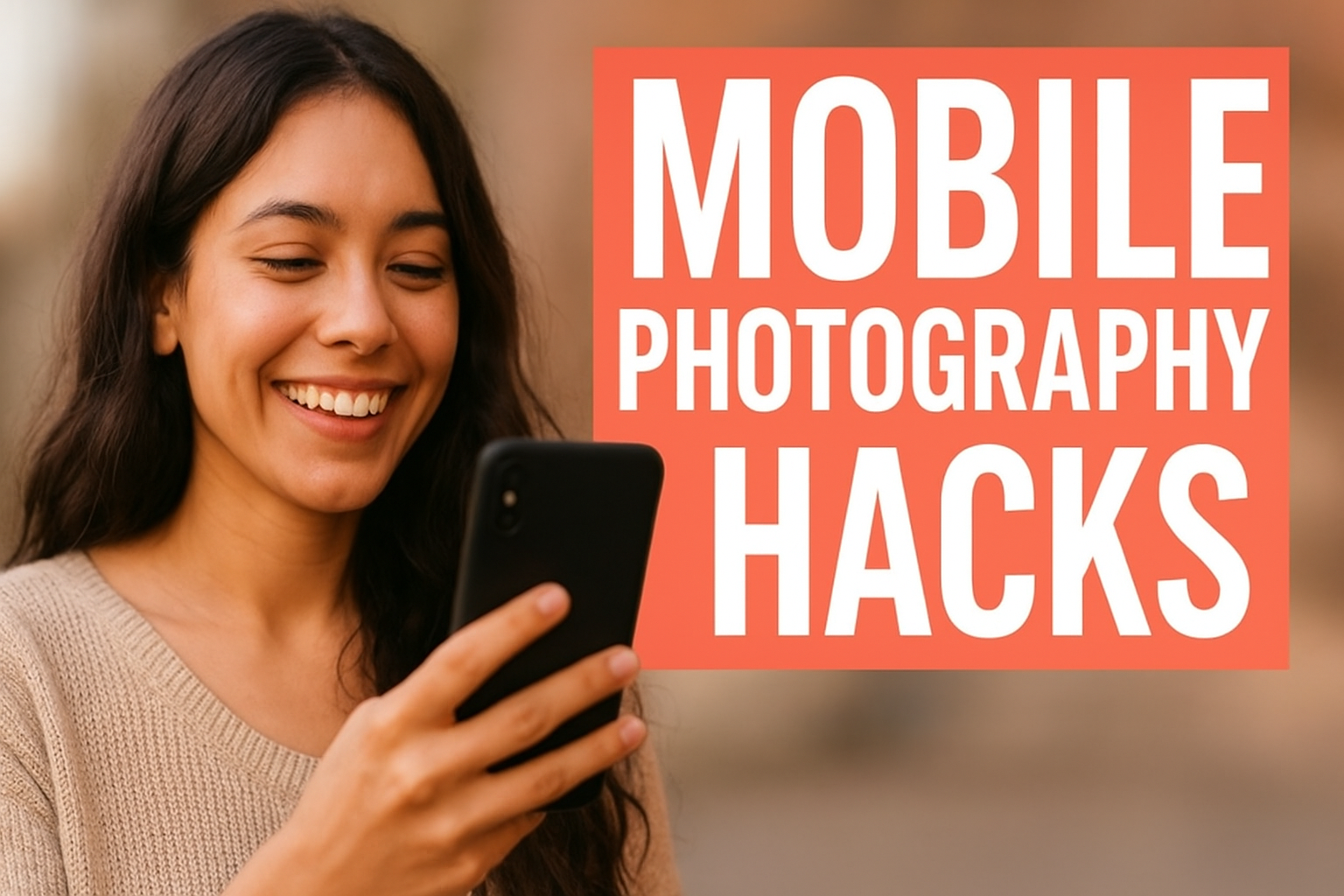
Mobile Photography Hacks: Candid Moments with Your Phone
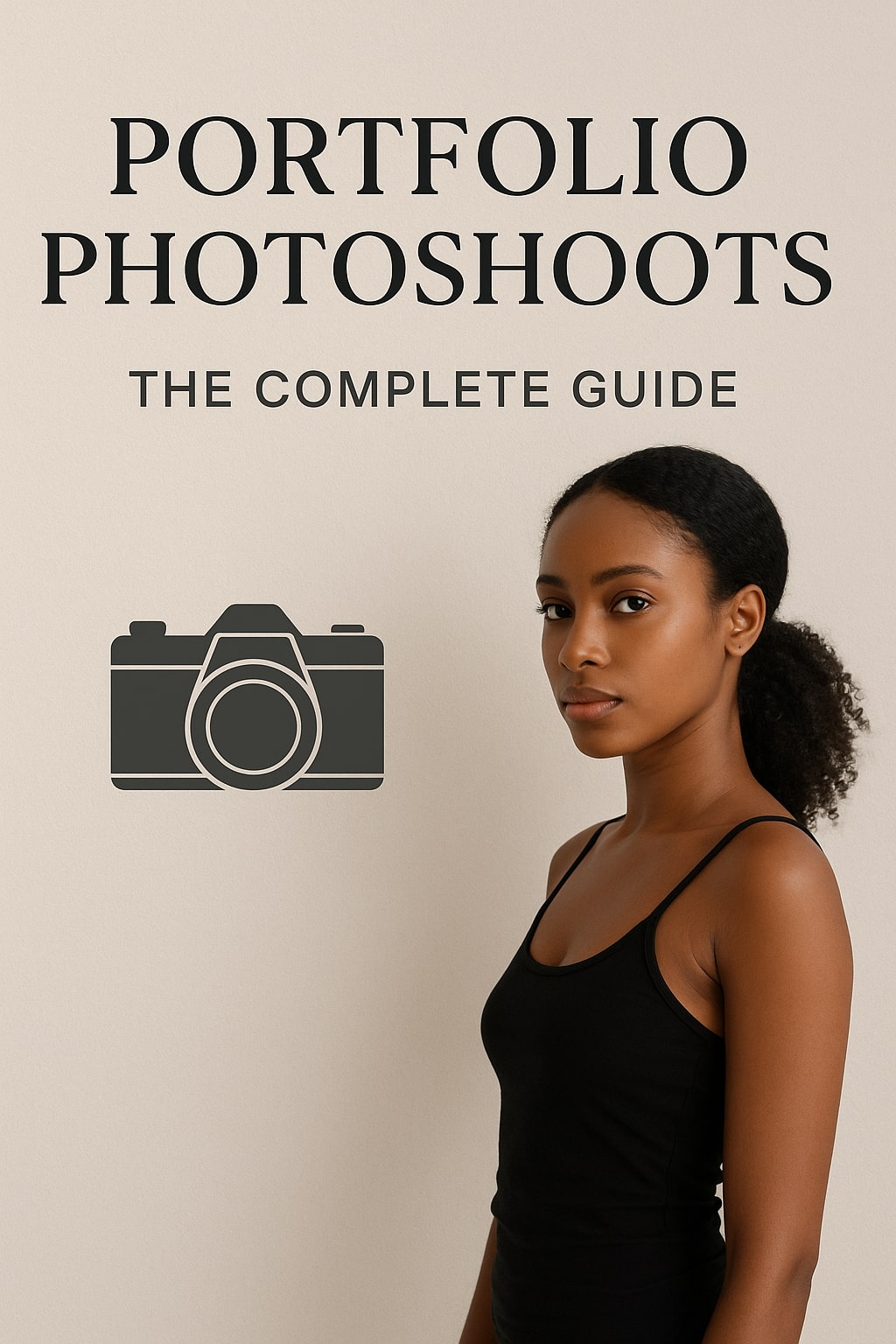
Professional Model & Portfolio Photoshoots: Show Your Best Work
-
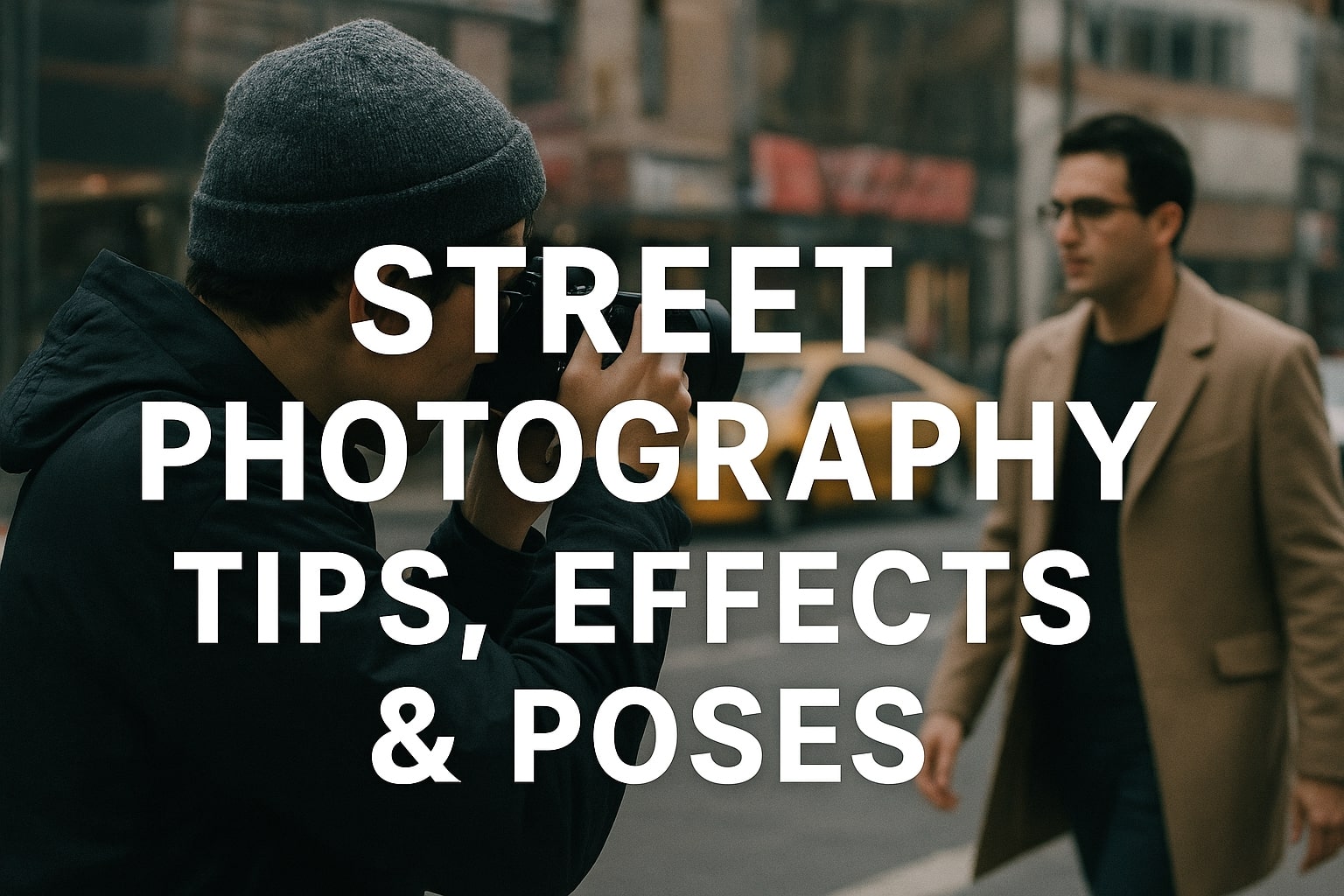
Street Photography Tips, Effects & Poses – Complete Guide
-

Leica Q2 for Photography: Why It’s Loved by Photographers
Mobile Photography Hacks: Candid Moments with Your Phone
Discover high-impact mobile photography hacks to capture genuine, gorgeous candid moments with your phone. Learn practical tips, composition secrets, and pro techniques to turn everyday scenes into stunning visual stories. Introduction: The New Age of Mobile Photography Photography has evolved beyond heavy cameras, technical jargon, and expensive equipment. Today, the power to capture extraordinary moments
Professional Model & Portfolio Photoshoots: Show Your Best Work
” Discover how to plan, style, and execute stunning portfolio photoshoots that showcase your skills, personality, and versatility. This comprehensive guide covers professional tips, posing ideas, gear suggestions, and industry insights for models and photographers.” Introduction – Why Portfolio Photoshoots Are the Cornerstone of a Photographer’s Career A well-crafted portfolio photoshoot is more than a
Street Photography Tips, Effects & Poses – Complete Guide
Discover the ultimate guide to Street Photography with expert tips, creative effects, and dynamic poses. Learn how to capture authentic urban moments, master composition, and tell powerful visual stories through your lens. Article Outline 1. Introduction to Street Photography Street Photography is more than just taking pictures of people in public spaces — it’s about
Leica Q2 for Photography: Why It’s Loved by Photographers
Introduction: The Cult Status of the Leica Q2 The Leica Q2 is not just a camera—it’s a statement. Combining the heritage of German precision engineering with modern digital excellence, it holds a special place in the hearts of professional and passionate photographers alike. With its full-frame sensor, prime Summilux lens, and minimalist design, the Q2
Top Cameras Under ₹1 Lakh for Freelance Photography
Freelance photography is no longer a niche—it’s a booming creative profession that demands not only vision and hustle but also the right gear. Your camera isn’t just a tool; it’s your storytelling partner. If you’re a freelance photographer aiming to balance performance, versatility, and budget, investing in a cameras under ₹1 lakh can offer the
Top Features of Nikon D850 That Make It Ideal for Photoshoots
Explore the top features of the Nikon D850 that make it a powerhouse for photoshoots. From exceptional resolution to dynamic range, this detailed Nikon D850 guide is built for professional and aspiring photographers. 1. Introduction When Nikon launched the D850, it quickly earned a reputation as a flagship DSLR that redefined what photographers could expect
